Moe Norman: The Straightest Hitter Of All Time
Moe Norman: For straight-hitting, nobody could match enigmatic Canadian
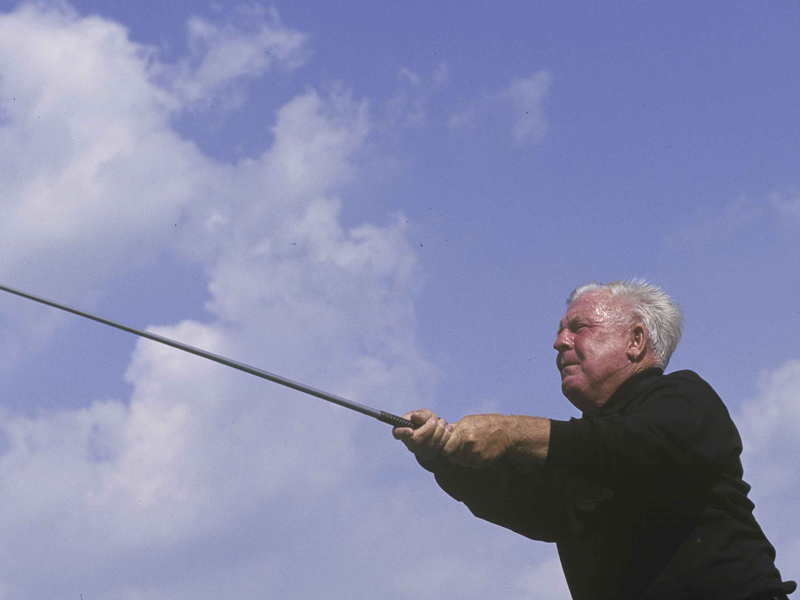

Leading the 1963 Saskatchewan Open by three strokes, Murray “Moe” Norman found himself with a birdie chance on the final green. He had the tournament sewn up but, to see if he could handle the pressure, he deliberately putted into a greenside bunker before getting up-and-down for a bogey to win by two. Moe was not a conventional golfer.
In fact, Moe Norman wasn’t conventional by any standards. He didn’t see a doctor until he was 68, never owned a telephone, only went on three “dates” in his life and received three tickets for driving his Cadillac too slowly.
Norman’s golf technique was unique too. Setting the club way out in front of him and a foot behind the ball, he swung with his feet flat on the ground. But the ball went straight, every single time. He was obsessive with practice and had hit some 5 million balls by the end of his career. After receiving a lesson from Sam Snead at the 1956 Masters, Moe proceeded to hit 800 balls until his hands blistered. He was forced to withdraw from the tournament.
Leonard Kamsler, the man who took this page's main photo, worked with Norman on a couple of occasions. “I flew up to Canada to do a shoot with Moe but it was difficult to get in touch with him as he didn’t have a telephone.” Kamsler says. “Eventually a go-between arranged a meeting. Moe was living above a bar. He was something of a mystery man in the States so I turned up with a Lone Ranger mask thinking it would make an amusing shot if he wore it. I wasn’t sure how he’d react but he just did it. He was a trusting guy.
Golf's Rain Man
Although never diagnosed, it’s thought by Norman’s friends he may have been autistic. He spoke with a high, singsong voice and often repeated himself. He had an amazing memory for numbers and was able to recall the exact hole yardages at 375 of the 434 courses he played.
He was a shy man who was happy to be alone but, when he started to play golf, he became more animated and people were drawn to him.
“I went up to the Canadian Open to take shots of Moe on the practice ground.” Says Kamsler. “When I arrived, there was a large group of players congregated at one end of the range. They’d stopped their practice to watch Moe hitting. They just couldn’t believe how straight he drove it.”
Get the Golf Monthly Newsletter
Subscribe to the Golf Monthly newsletter to stay up to date with all the latest tour news, equipment news, reviews, head-to-heads and buyer’s guides from our team of experienced experts.
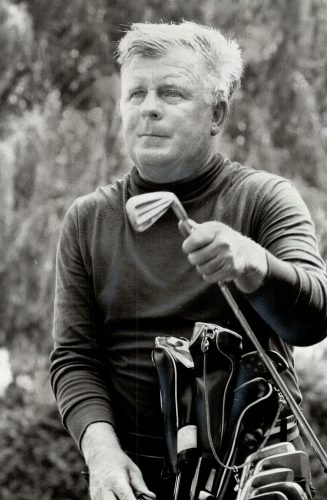
Unerringly Straight
Norman was so unerringly straight that, during his entire career, he went out-of-bounds only once. In a 2004 interview, Vijay Singh was asked who was the best golfer he’d ever seen. Without hesitation, Singh answered – Moe Norman.
Tiger Woods said, “Only two players have ever truly owned their swings: Moe Norman and Ben Hogan.”
Norman’s phenomenal skill as a ball-striker often overshadows his excellent playing record. He won 54 tournaments and set 33 course records. He shot three 59s and made 17 holes-in-one. He played briefly on the PGA Tour in 1959 but after receiving a dressing-down from officials and players for his unconventional behaviour following a fourth place finish at the Greater New Orleans Open, he was so upset he vowed never to play on the tour again. He returned to his native Canada.
A first bank account for Moe
Unfortunately for Moe, the Canadian Tour offered relatively little prize-money and he spent much of his life strapped for cash. His situation was improved in 1995 when the CEO of Titleist, Wally Uihlein, met Norman at the PGA Merchandise Show in Orlando. Uihlein couldn’t believe that Norman had been playing their golf ball for 40 years yet had never received a sponsorship deal. On the spot, he offered Moe $5,000 a month for the rest of his life. After that, Moe was able to open his first bank account at the age of 67.
Norman died in September 2004. 400 of his family, friends and fellow professionals attended the funeral – pretty impressive for a man who liked to be alone. It was proof of how much respect there was for golf’s Rain Man.
ESSENTIALS
Date of birth: July 10 1929
Place of birth: Kitchener, Ontario, Canada
Died: September 4 2004
Amateur record: Canadian Amateur Champion 1955, 1956 America’s Cup Canadian Team Member 1954
Professional highlights: Won over 50 tournaments in Canada Canadian Professional Golfers Champion in 1966 and 1974 Inducted into Canadian Golf Hall of Fame in 1995 Inducted into Canada’s Sports Hall of Fame in 2006
Quote: “When you talk about Moe Norman, you’re talking about a legend… I think the guy’s a genius.” Lee Trevino.

Fergus is Golf Monthly's resident expert on the history of the game and has written extensively on that subject. He has also worked with Golf Monthly to produce a podcast series. Called 18 Majors: The Golf History Show it offers new and in-depth perspectives on some of the most important moments in golf's long history. You can find all the details about it here.
He is a golf obsessive and 1-handicapper. Growing up in the North East of Scotland, golf runs through his veins and his passion for the sport was bolstered during his time at St Andrews university studying history. He went on to earn a post graduate diploma from the London School of Journalism. Fergus has worked for Golf Monthly since 2004 and has written two books on the game; "Great Golf Debates" together with Jezz Ellwood of Golf Monthly and the history section of "The Ultimate Golf Book" together with Neil Tappin , also of Golf Monthly.
Fergus once shanked a ball from just over Granny Clark's Wynd on the 18th of the Old Course that struck the St Andrews Golf Club and rebounded into the Valley of Sin, from where he saved par. Who says there's no golfing god?
-
 Watch The Masters Round Three: Live Streams, TV Coverage, Start Time For Today's Play
Watch The Masters Round Three: Live Streams, TV Coverage, Start Time For Today's PlayHow to watch The Masters on Saturday April 13, with all the information on live streams, TV broadcasts, and free coverage for Round Three at Augusta National.
By Patrick Fletcher Published
-
 14 Big Names Who Missed The Cut At The Masters
14 Big Names Who Missed The Cut At The MastersAn exciting prospect is in-store over the weekend at The Masters, where a number of players missed the cut at Augusta National
By Matt Cradock Published
-
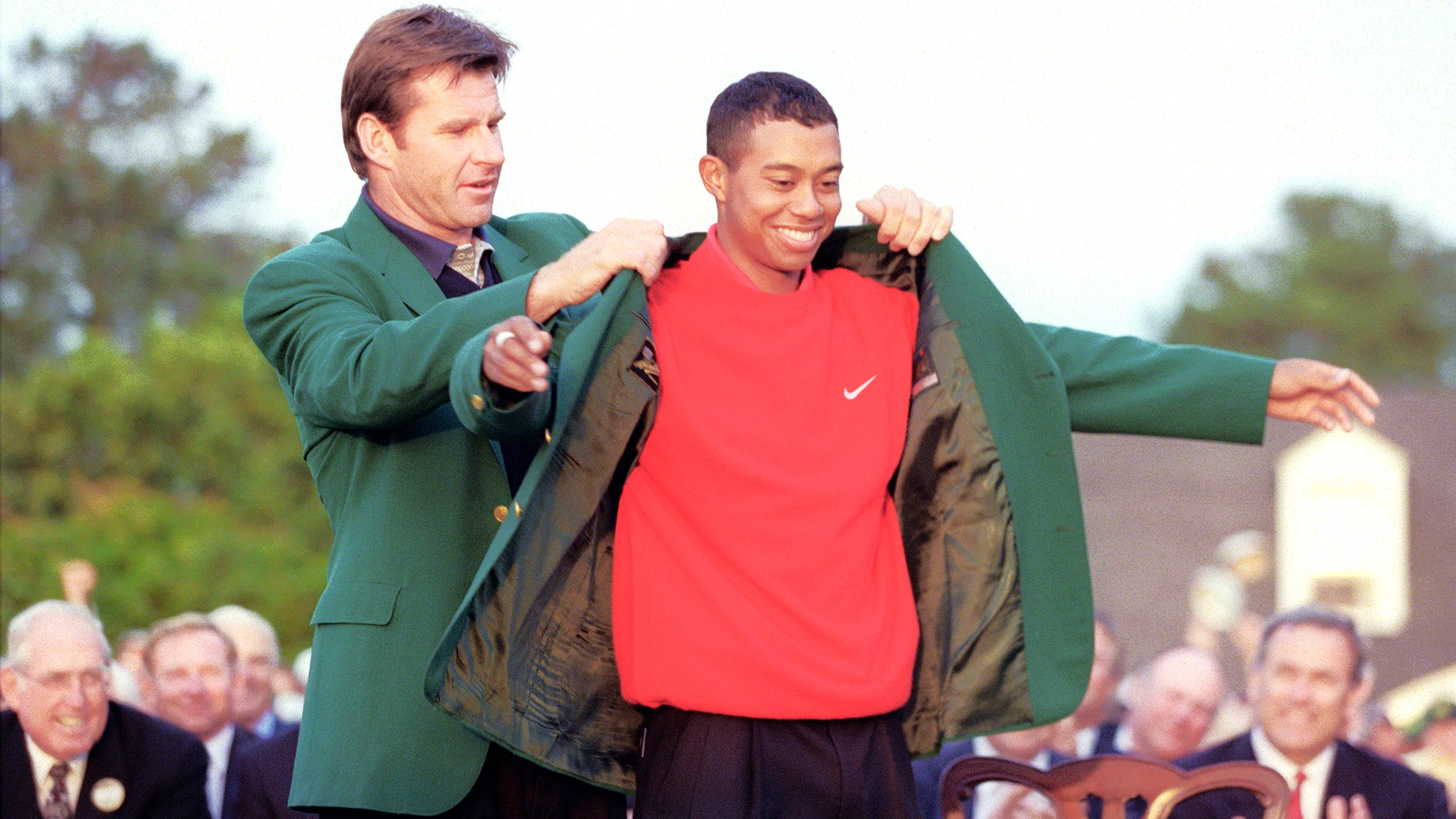 Quiz! Name All Tiger Woods' 15 Major Wins
Quiz! Name All Tiger Woods' 15 Major WinsHe has won 15 Majors. Can you name them all?
By Roderick Easdale Published
-
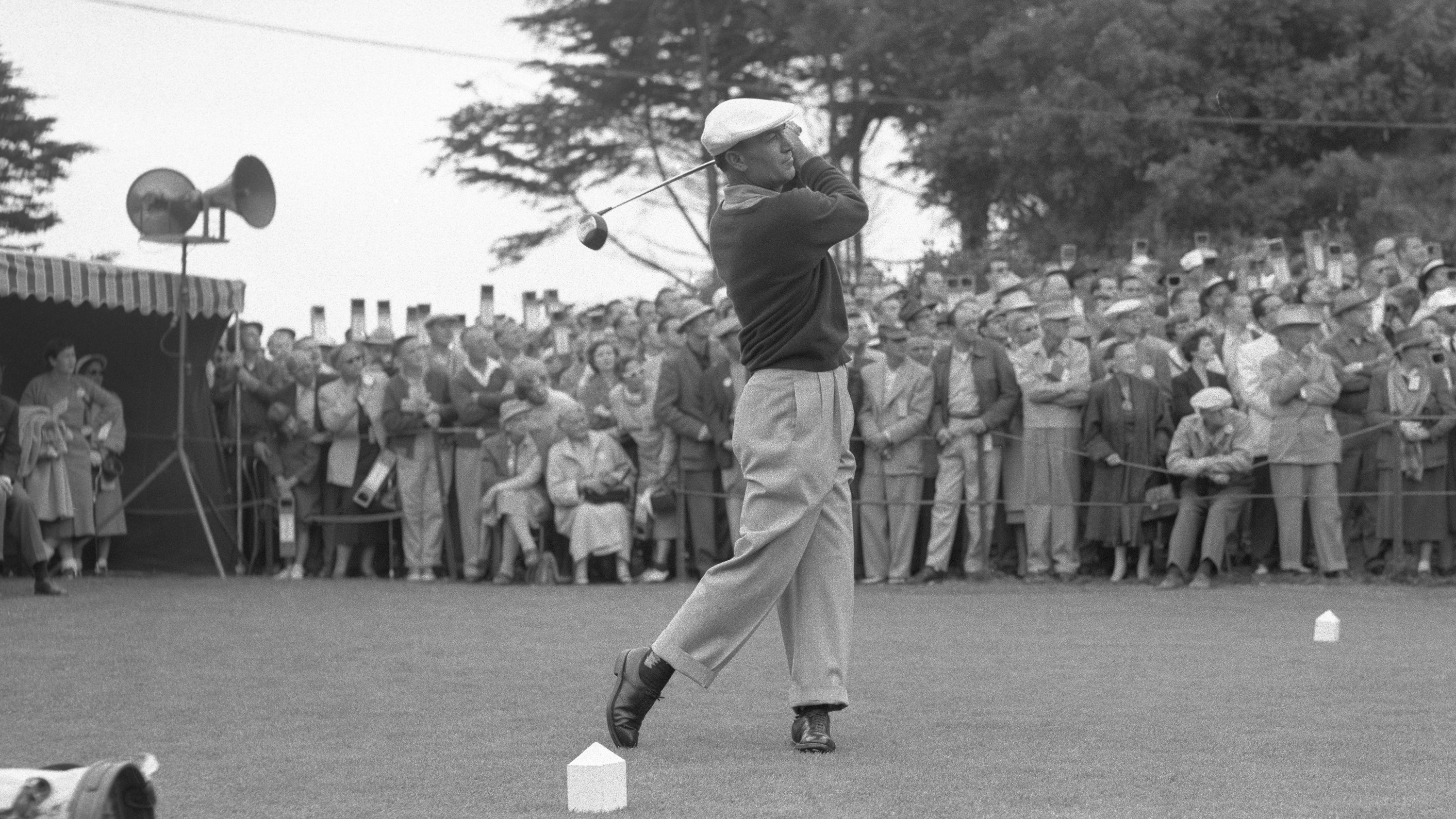 Quiz! How Much Do You Know About Ben Hogan?
Quiz! How Much Do You Know About Ben Hogan?Ben Hogan was one of the greatest golfers in the history of the game. He was a brilliant swinger of the club and is an icon of the sport. How much do you know about him? Test yourself here…
By Fergus Bisset Published
-
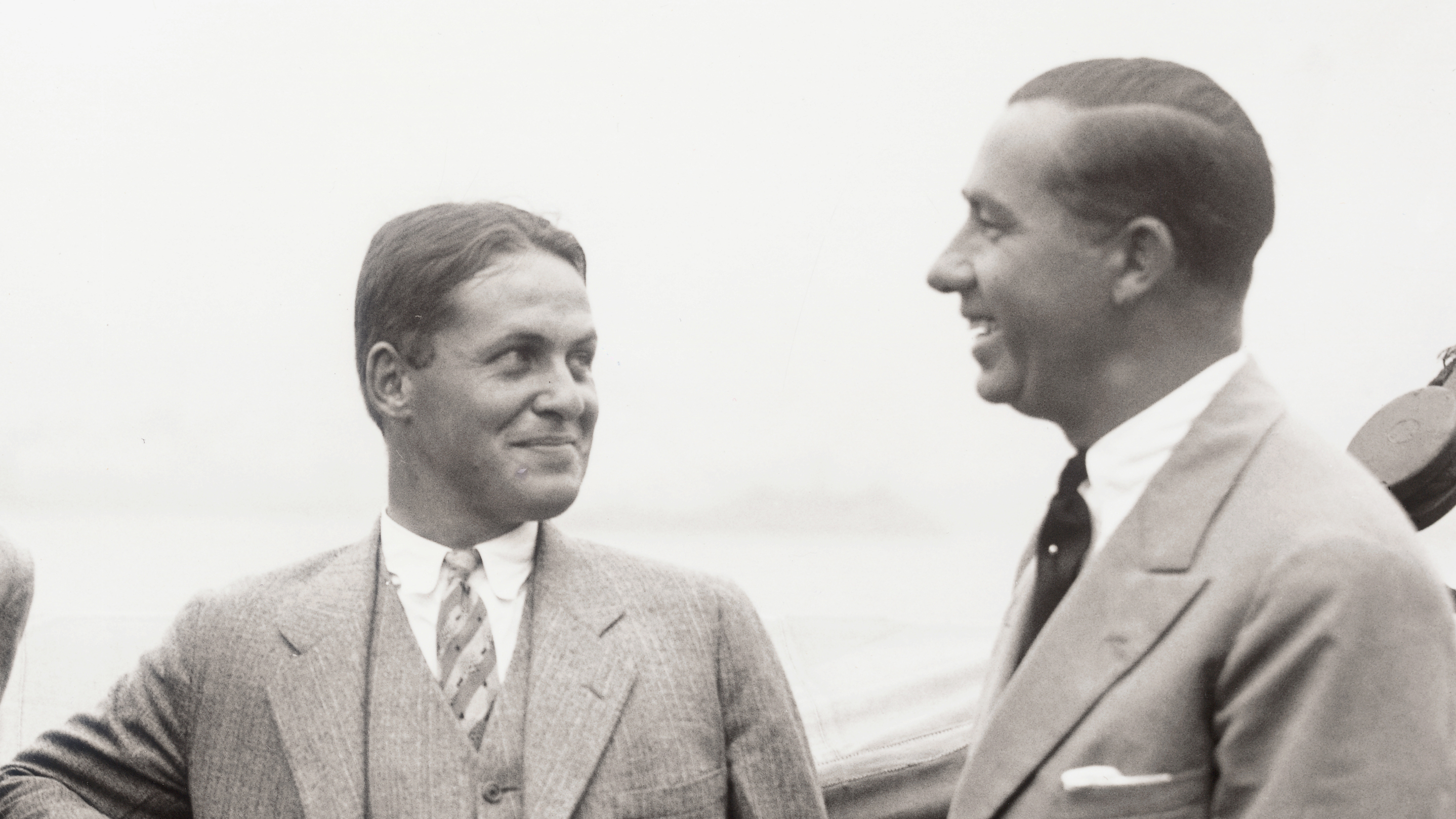 Quiz! Golf In The Roaring 20s – How Much Do You Know About Walter Hagen and Bobby Jones?
Quiz! Golf In The Roaring 20s – How Much Do You Know About Walter Hagen and Bobby Jones?Walter Hagen and Bobby Jones were the standout star golfers of the 1920s. How much do you know about their golfing careers? Test yourself with this quiz
By Fergus Bisset Published
-
 How Far Did Old Tom Morris Drive The Golf Ball?
How Far Did Old Tom Morris Drive The Golf Ball?Old Tom Morris became a golfing legend in the second half of the 19th century, but how far could he hit the golf ball?
By Fergus Bisset Published
-
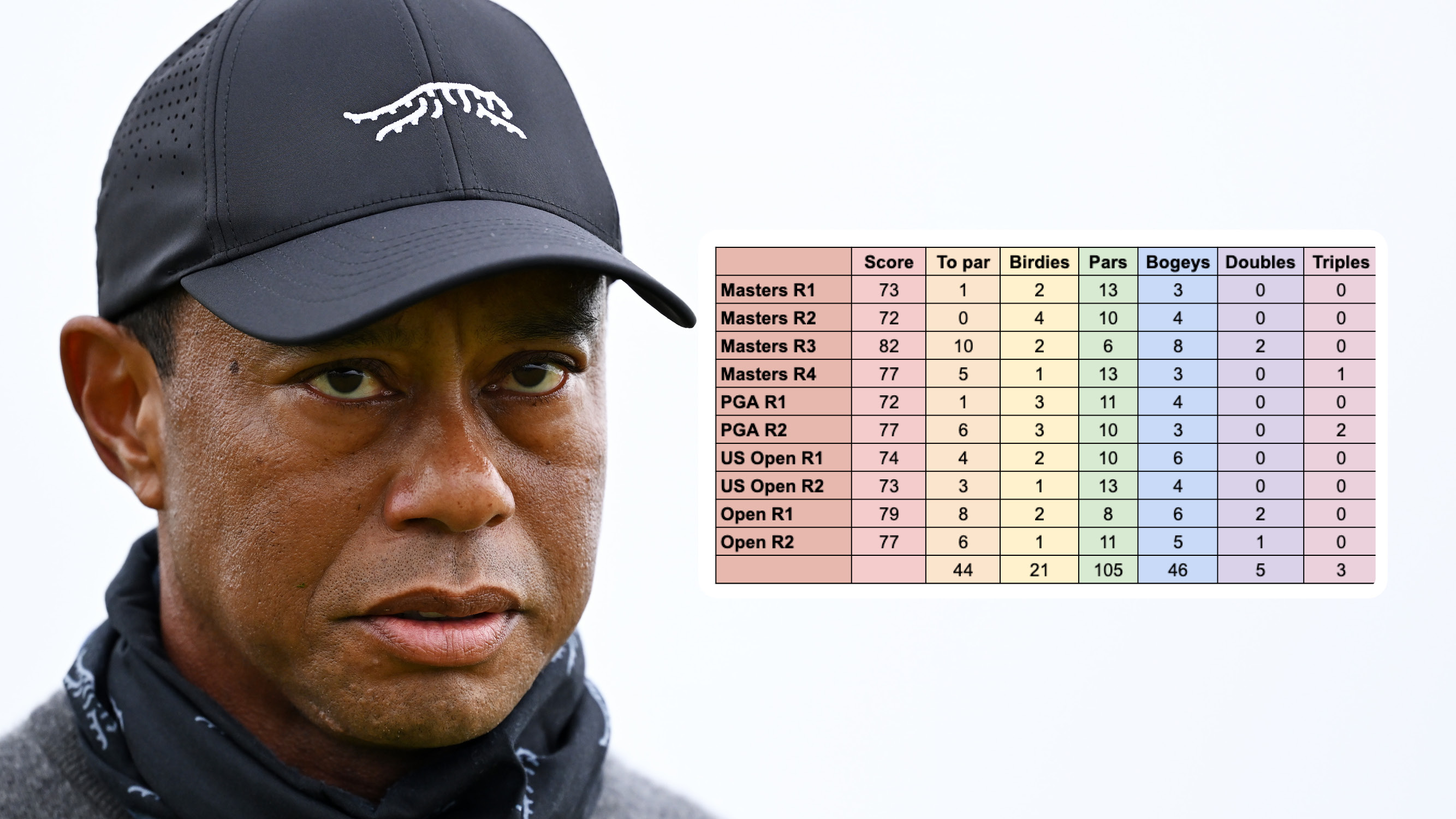 Tiger Woods Didn't Break Par In A Single Major Round This Year... Where Does He Go From Here?
Tiger Woods Didn't Break Par In A Single Major Round This Year... Where Does He Go From Here?Tiger Woods' Major record for 2024 doesn't make for good reading, and as a big Tiger-fan, I worry about what comes next for this legend of the game...
By Barry Plummer Published
-
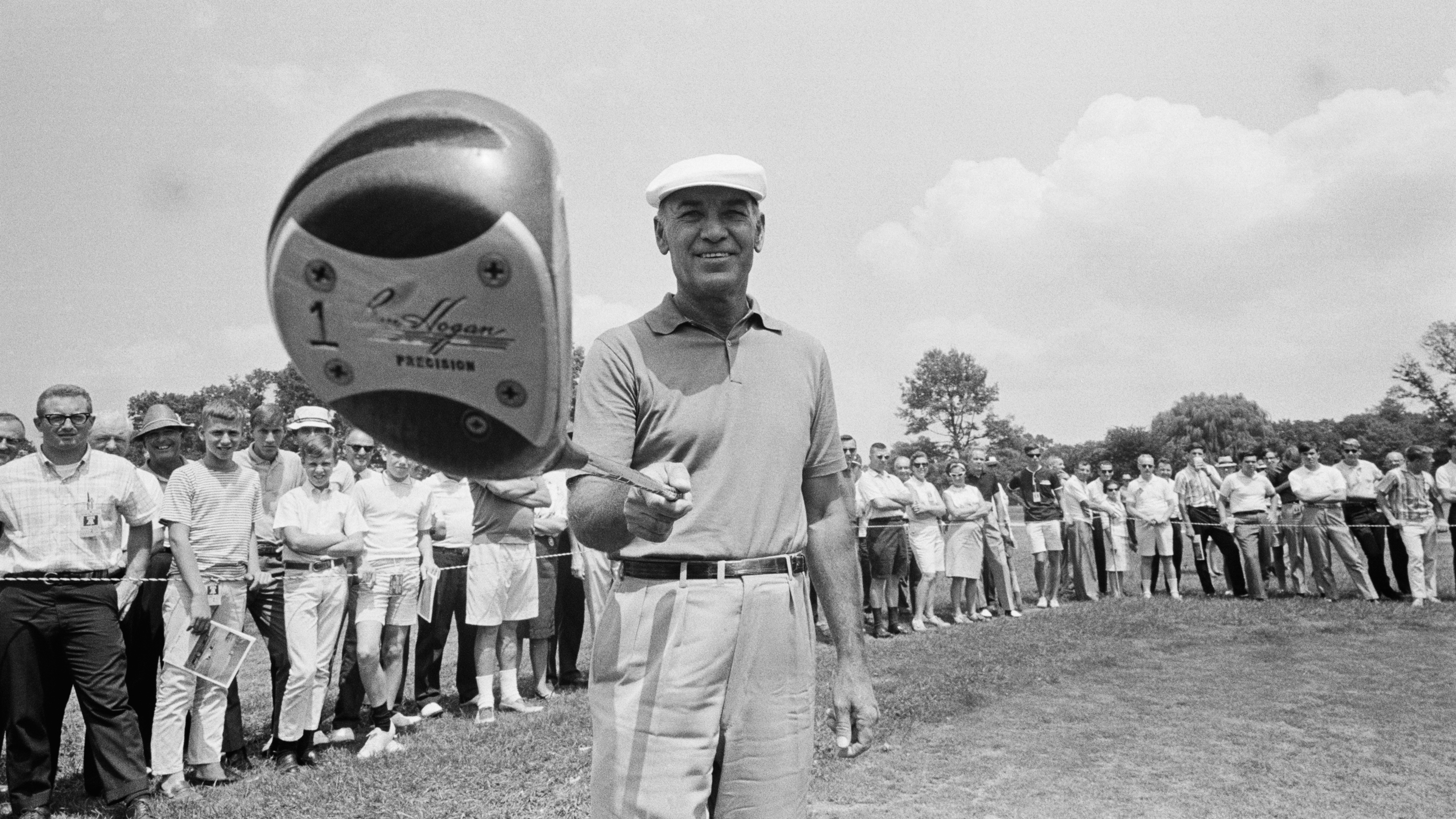 Injury, The Yips And No Form... How Ben Hogan Almost Pulled Off The Unthinkable In His Last Masters Appearance
Injury, The Yips And No Form... How Ben Hogan Almost Pulled Off The Unthinkable In His Last Masters AppearanceAt Augusta National in 1967, 54-year-old Ben Hogan rolled back the years with an incredible back nine of 30 in the third round of his final Masters
By Fergus Bisset Published
-
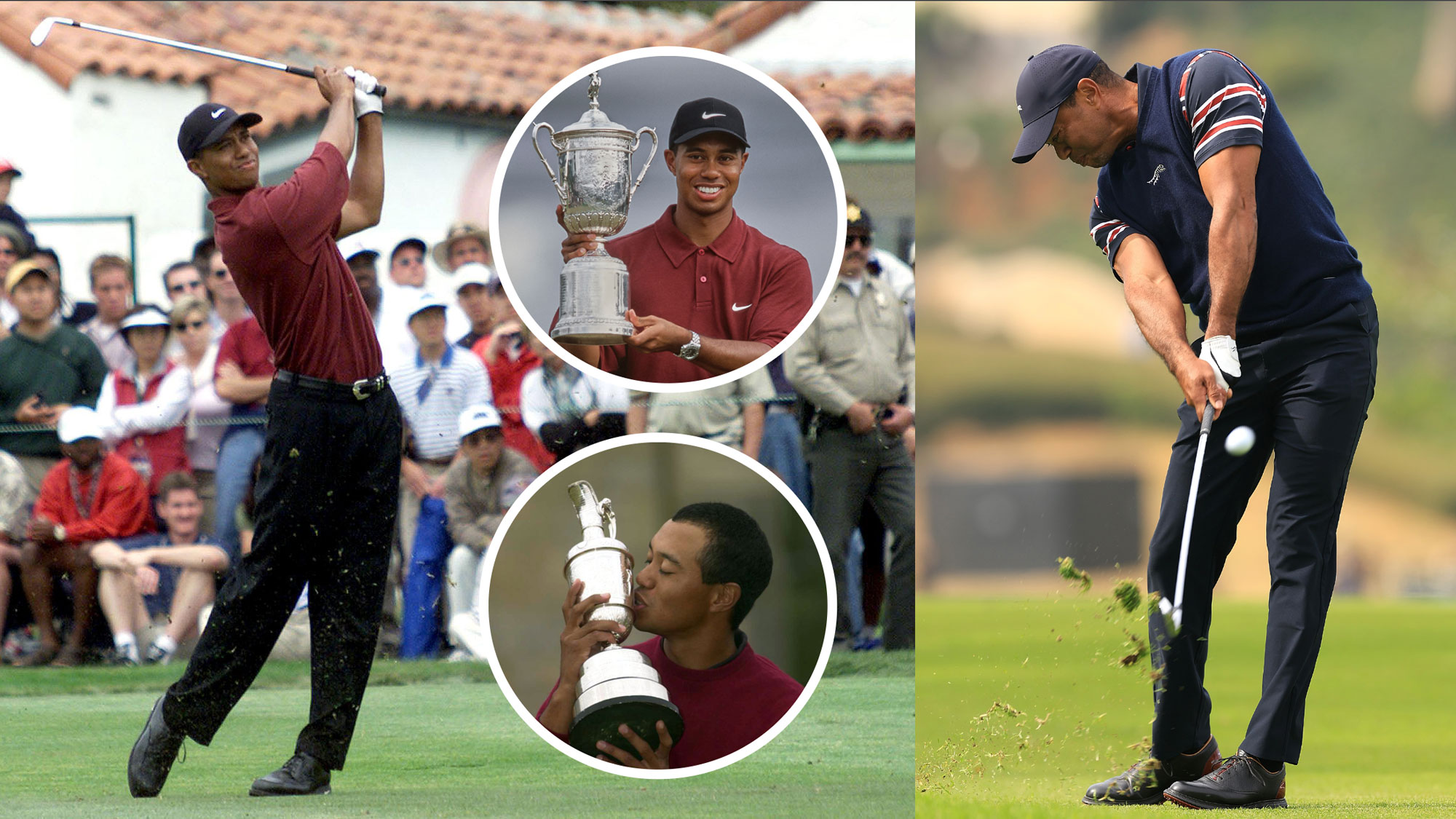 How Would The Unstoppable Tiger Woods Of 2000 Get On Against Today's Best Golfers? We've Crunched The Numbers To Find Out...
How Would The Unstoppable Tiger Woods Of 2000 Get On Against Today's Best Golfers? We've Crunched The Numbers To Find Out...In 2000, Tiger Woods played golf that seemed, and was at times, out of this world. Was it the best anyone has ever played? How would it compare to the best of today?
By Fergus Bisset Published
-
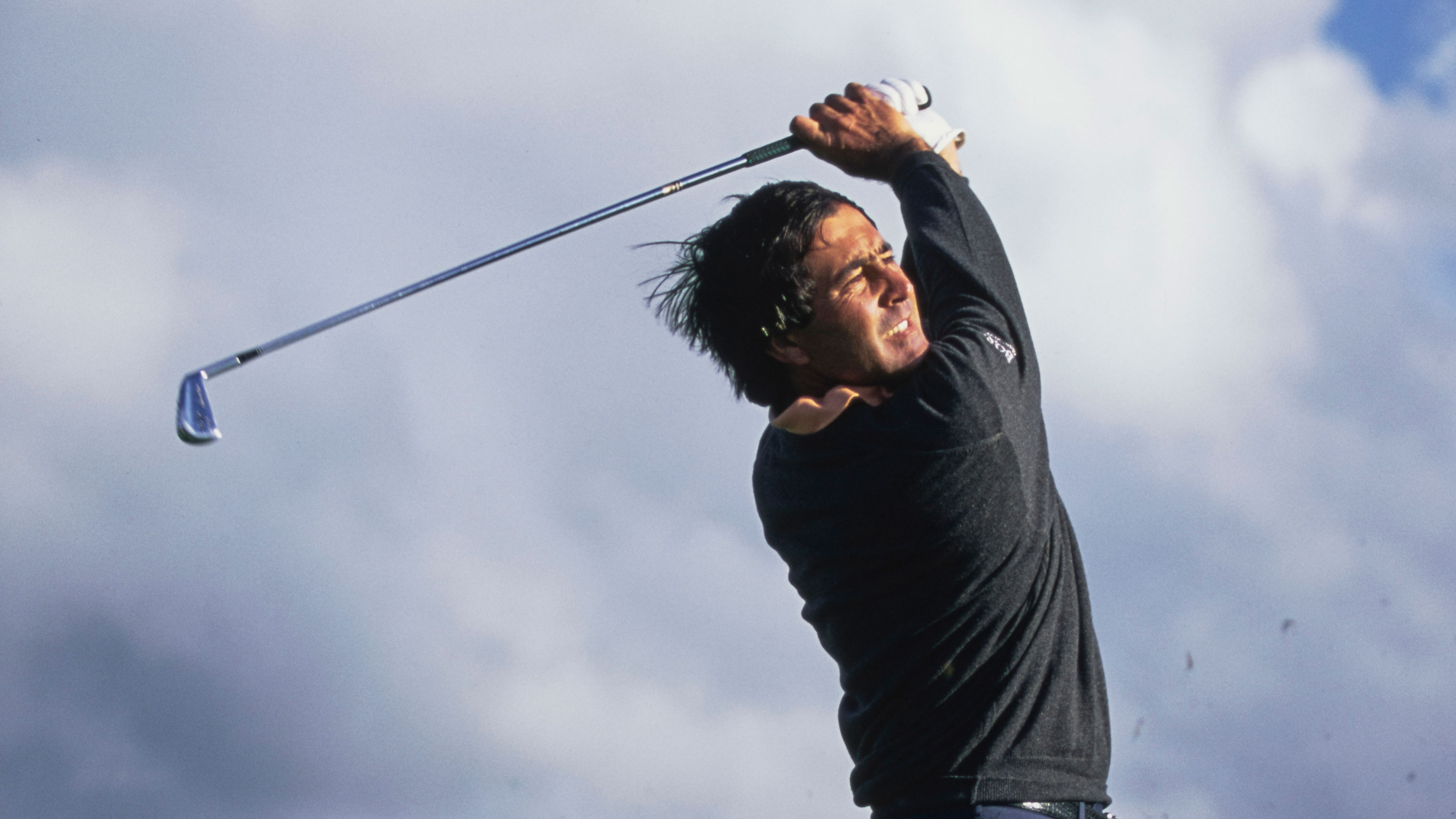 Seve Or Arnie, Who Did More For The Modern Pro Game?
Seve Or Arnie, Who Did More For The Modern Pro Game?Both men were inspirational, and both played a key role in the development of the professional game during the second half of the 20th century.
By Fergus Bisset Published